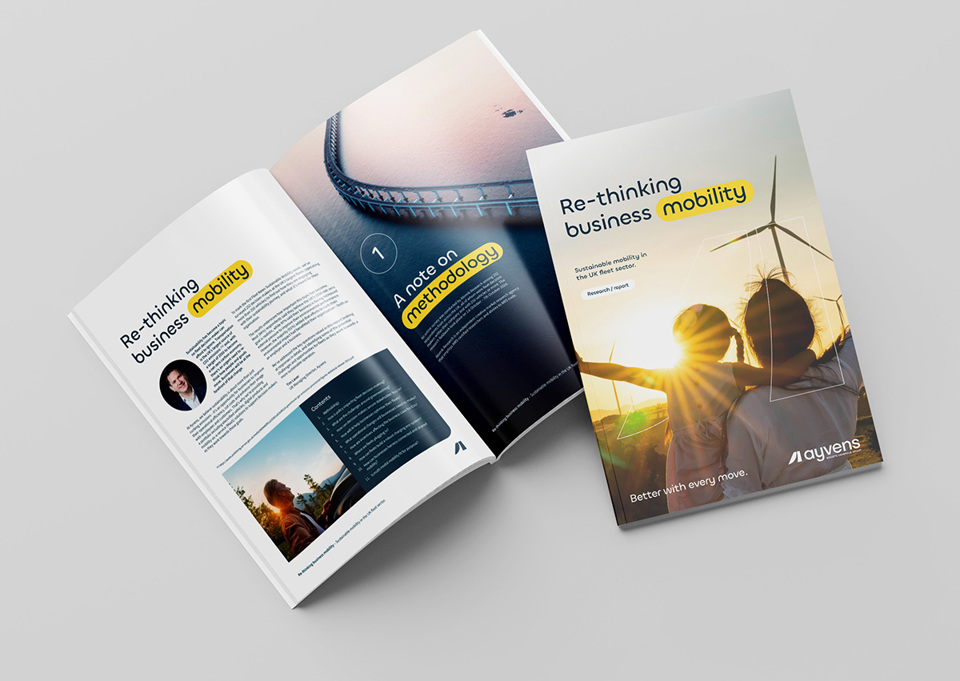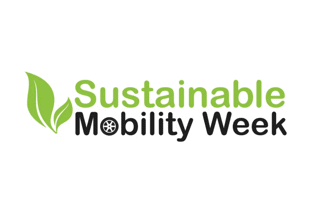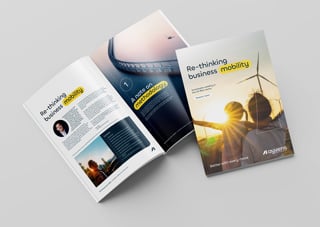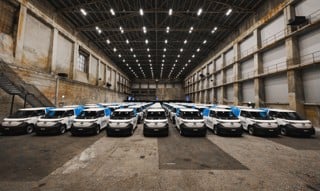After more than century, transport’s combustion engine era is coming to an end.
The UK will phase out new petrol and diesel cars and vans by 2035 (with 2030 due to be consulted on by the new Labour Government) with progressively stricter annual sales targets for zero-emission vehicles (ZEV) in the meantime. Although new technology is delivering a wider choice of more versatile vehicles for fleets, that ease of that transition is dependent on reliable, widespread charging infrastructure and there are gaps to fill.
The UK already has one of Europe’s most mature public charging networks, with more than 71,000 units at 36,000 locations at the end of October 2024, according to Zap-Map, and it’s under pressure to evolve.
Quality and quantity in focus
The government has set a target of 300,000 by the end of the decade to keep the country’s growing fleet of EVs moving and, from November 2024, charge point operators (CPOs) will also be fined if they fail to meet strict customer service standards. These include achieving 99% uptime while offering transparent pricing, staffed helplines and adding contactless payments for new 8kW-plus units and all existing rapid chargers over 50kW. Roaming will be mandatory a year later.
Fleets’ experiences with today’s infrastructure were mixed. As part of Sustainable Mobility Week, Fleet News and Ayvens surveyed 252 fleet decision-makers with responsibility for 250 or more vehicles, to discover how they’re engaging with sustainability and what it’s meant for their operation. Although most (86%) respondents rated the local charging and alternative fuel infrastructure as “good” or “excellent”, more than a third (36%) said it was one of the biggest bottlenecks for their electric vehicle transition.
Among fleets who are struggling with local infrastructure, there were some strong trends towards wider operational issues. Decision-makers who said charging had slowed their electrification plans were more likely to report a rise in operating costs as a result of their sustainability strategy (41%) than the overall average (37%).
They were also more likely to raise concerns inefficient use of resources (41%) and delayed operations (36%) than the sample as a whole (32% and 32% respectively). This could reflect a reliance on more expensive public chargers and the need to factor downtime or diversions into drivers’ shifts.
The need for flexible charging
Survey responses also hinted that public charging isn’t keeping pace with an increasingly diverse electric vehicle parc. Businesses with LCVs and HGVs on fleet were noticeably more likely to say charging was holding up their electrification strategy (at 40% and 45% respectively) than the survey as a whole (36%).
This is a recognised issue among industry bodies. The BVRLA’s Zero Emission Van Plan has called for CPOs to provide larger charging spaces for commercial vehicles, with opportunities to book in advance and use a single form of payment, like a fuel card. Meanwhile, the £100m Electric Freightway consortium, led by CPO Gridserve, is developing a network of truck stops, service areas and depot charging locations designed specifically for electric trucks and vans.
Organisations fortunate enough to have their own depots or car parks can already mitigate some of those inefficiencies. Business electricity tariffs are typically much cheaper on a per-kWh basis than using public networks, and there is an appetite for sharing. A recent Association of Fleet Professionals (AFP) survey found six in ten van fleets were willing to share their charging infrastructure with other operators, and the organisation is developing a digital platform to process those transactions.
EV chargers could also be integrated into a site’s energy management ecosystem – including renewables. Among our survey respondents, almost half (46%) who said they are using electric vehicles to meet environmental commitments added they had invested in renewable energy generation (such as solar panels) or tariffs. Within that same demographic, 44% plan to do so in future.
Returns on investment
There is still government support available to install some of that infrastructure. The Office for Zero Emission Vehicles (OZEV) provides grant funding of up to £350 (or 75%) per socket towards equipment and installation costs, so units that can charge two vehicles simultaneous qualify twice. Employees are also exempt from paying Benefit-in-Kind if they use workplace charging, even if they’re a passenger in the vehicle and the energy isn’t for business trips.
However, the unique advantage with electric vehicles is potentially being able to “refuel” at home – where it’s most convenient for drivers, and cheapest for fleets. Grant funding has wound down, but drivers in flats or rented accommodation and homeowners with no off-street parking can claim £350 (or up to 75%) towards a charging point, while employer-funded installations are Benefit-in-Kind exempt.
Operators could quickly recoup that investment; the latest Ofgem-capped home energy rates are more than three times cheaper than the most rapid chargers, while charging overnight using a tariff with low off-peak rates could be a third cheaper again. Connectivity is also mandatory for all new home and workplace chargers, which can make them easier to integrate with automated reimbursement solutions alongside public charger usage.
The AA is facing those challenges head on as it reduces its reliance on diesel vehicles. Simon Ungless, the organisation’s commercial group fleet manager says most alternatives are limited by infrastructure availability, but some of the resulting operational issues are unique to electric vehicles. These can impact the business case for using them.
“Excluding productivity and assuming you can home charge, then whole life cost is probably comparable, if not cheaper than, diesel. If you put productivity into the equation, then unfortunately EVs do become more expensive because you have to have some time for charging,” he explains.
“About 30-35% of our patrols have driveways. We’ve gone for the volunteers where we can install a home charger and we’re holding their hands through that process – making sure they’re part of the journey, as are stakeholders for workforce representation, unions etc. The challenge comes when there's no driveways left, which is why we look at alternative ways of charging vans. That either hits productivity during work time, because drivers have to charge before a shift or end of shift, or we've got find an alternative to a wallbox.”






















Login to comment
Comments
No comments have been made yet.